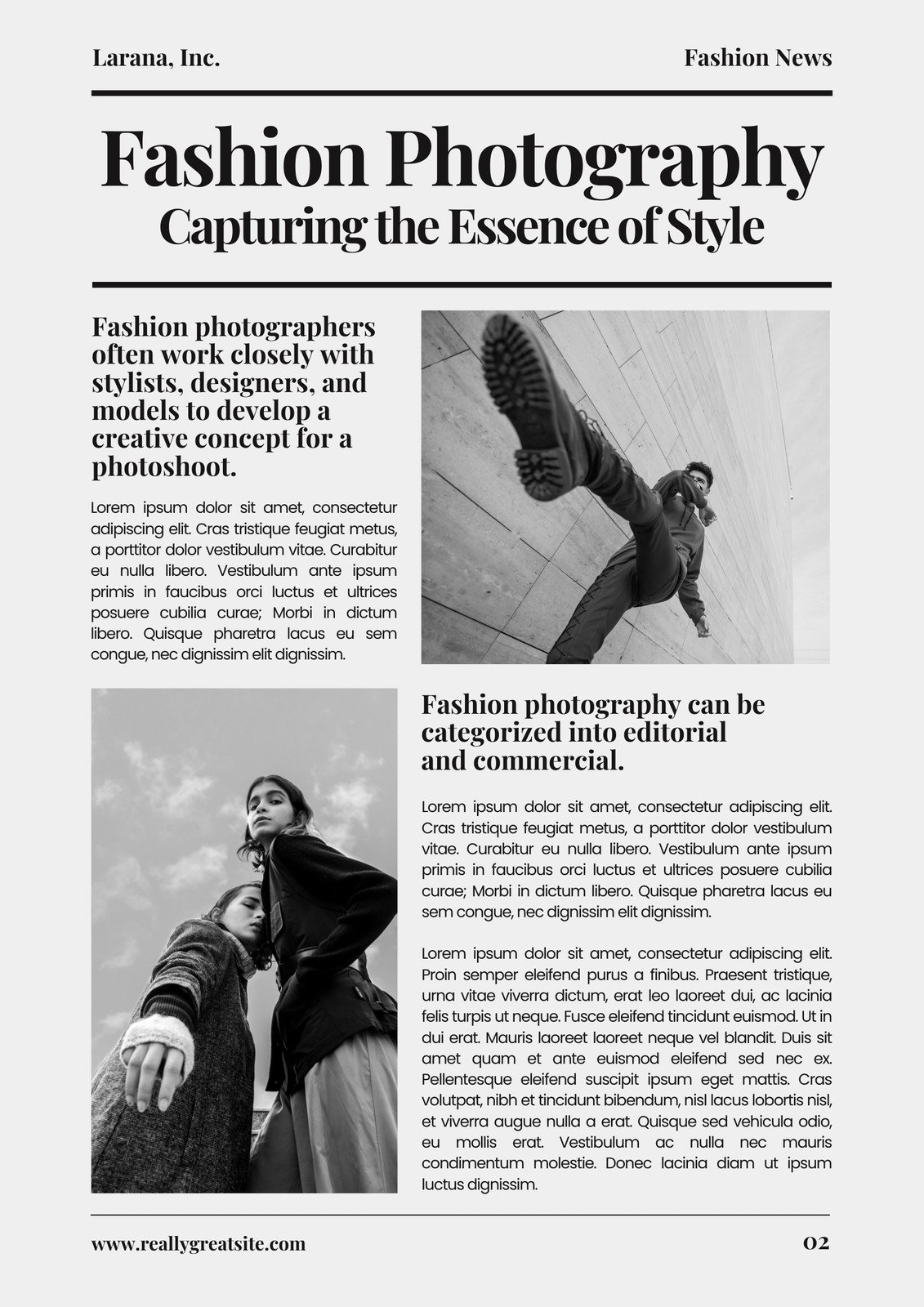News Articles Fundamentals Explained
News Articles Fundamentals Explained
Blog Article
The 6-Minute Rule for News Articles
Table of ContentsMore About News ArticlesThe 25-Second Trick For News ArticlesSome Of News ArticlesThe 7-Second Trick For News ArticlesOur News Articles PDFs
Great knowledge of various topics gives pupils an one-upmanship over their peers. Despite the fact that digital and social media sites are easily obtainable, we must not forget just how important it is to check out the papers. Parents have to try and instill the practice of reviewing a newspaper as an everyday routine to continue the heritage of the revered print medium.Information stories also consist of at the very least one of the complying with important qualities family member to the desired target market: distance, prestige, timeliness, human interest, oddity, or repercussion. The relevant term journalese is often made use of, usually pejoratively, to refer to news-style writing. One more is headlinese. Papers generally abide by an expository writing style.
Within these limits, information stories likewise aim to be extensive. Other aspects are entailed, some stylistic and some obtained from the media type. Among the larger and extra reputable papers, justness and equilibrium is a significant aspect in offering information. Discourse is typically confined to a separate section, though each paper might have a various general angle.
Newspapers with an international target market, for instance, often tend to make use of a much more formal design of creating. News Articles.; common style overviews include the and the US Information Design Publication.
The Buzz on News Articles
As a rule, journalists will certainly not make use of a lengthy word when a short one will certainly do. They use subject-verb-object building and construction and vibrant, active prose (see Grammar). They use anecdotes, examples and metaphors, and they hardly ever depend on generalizations or abstract ideas. News writers attempt to stay clear of making use of the exact same word much more than once in a paragraph (in some cases called an "echo" or "word mirror").
Nevertheless, headings sometimes leave out the topic (e.g., "Jumps From Boat, Catches in Wheel") or verb (e.g., "Feline female fortunate"). A subhead (additionally subhed, sub-headline, subheading, subtitle, deck or dek) can be either a subordinate title under the main heading, or the heading of a subsection of the short article. It is a heading that precedes the major text, or a team of paragraphs of the primary message.

Added signboards of any of these types might appear later in the article (specifically on subsequent pages) to lure further analysis. Such signboards are also made use of as guidelines to the short article in other sections of the magazine or site, or as ads for the item in various other magazine or sites. Common check here structure with title, lead paragraph (recap in bold), other paragraphs (information) and contact details.

Example of a hard-lead paragraph NASA is proposing another space job. The company's budget request, announced today, included a plan to send out one more objective to the Moon. This time around the company intends to establish a long-term center as a jumping-off place for other area journeys. The spending plan requests roughly $10 billion for the project.
The NASA announcement came as the firm asked for $10 billion of appropriations for the project. An "off-lead" is the 2nd essential front web page news of the day. The off-lead shows up either in the leading left corner, or directly below the lead on the. the original source To "bury the lead" is to start the post with background details or information of secondary importance to the visitors, forcing them to review more deeply right into an article than they should need to in order to discover the important points.
Rumored Buzz on News Articles
Typical use is that a person or more sentences each develop their own paragraph. Reporters generally describe the organization or structure of a news tale as an upside down pyramid. The vital and most intriguing elements of a story are put at the beginning, with sustaining info complying with in order of lessening importance.
It allows individuals to explore a topic to only the depth that their curiosity takes them, and without the charge of information or nuances that they could think about pointless, but still making that info offered to a lot more interested viewers. The upside down pyramid framework likewise makes it possible for write-ups to be cut to any kind of arbitrary size during layout, to suit the area readily available.
Some authors begin their tales with the "1-2-3 lead", yet there are numerous kinds of lead offered. A twist can refer to multiple things: The last tale in the information broadcast; a "happy" tale to finish the show.
Longer articles, such as magazine cover posts and the items that lead the inside sections of a newspaper, are called. Feature tales differ from straight news in numerous ways. Foremost is the absence of a straight-news lead, a lot of the time. Rather than using the essence of a story in advance, function writers might attempt to lure viewers in.
The Main Principles Of News Articles
The reporter often information communications with interview subjects, making the item a lot more personal. A function's initial paragraphs often relate an interesting minute or occasion, as in an "anecdotal lead". From the particulars of a person or episode, its sight quickly expands to generalizations about the story's topic. The section that indicates what a function has to do with is called the or signboard.

The Editor's Tool kit: A Recommendation Overview for Beginners and Professionals (2001) find more info Allan M. Siegal and William G. Connolly. The New York Times Guidebook of Design and Usage: The Authorities Style Overview Utilized by the Writers and Editors of the Globe's A lot of Authoritative Paper (2002) M. L. Stein, Susan Paterno, and R.
Report this page